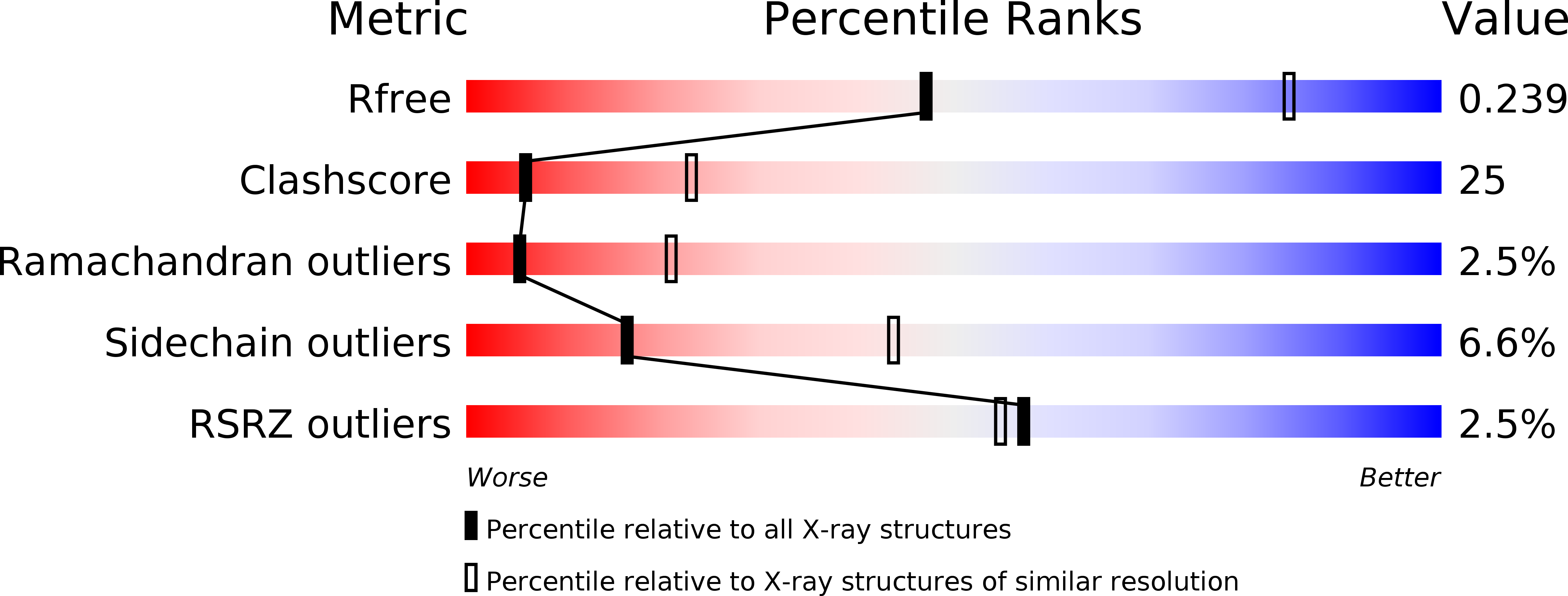
Deposition Date
2006-04-17
Release Date
2007-02-27
Last Version Date
2024-04-03
Entry Detail
PDB ID:
2DLA
Keywords:
Title:
Primase large subunit amino terminal domain from Pyrococcus horikoshii
Biological Source:
Source Organism:
Pyrococcus horikoshii (Taxon ID: 70601)
Host Organism:
Method Details:
Experimental Method:
Resolution:
2.90 Å
R-Value Free:
0.30
R-Value Work:
0.24
Space Group:
P 43 21 2


